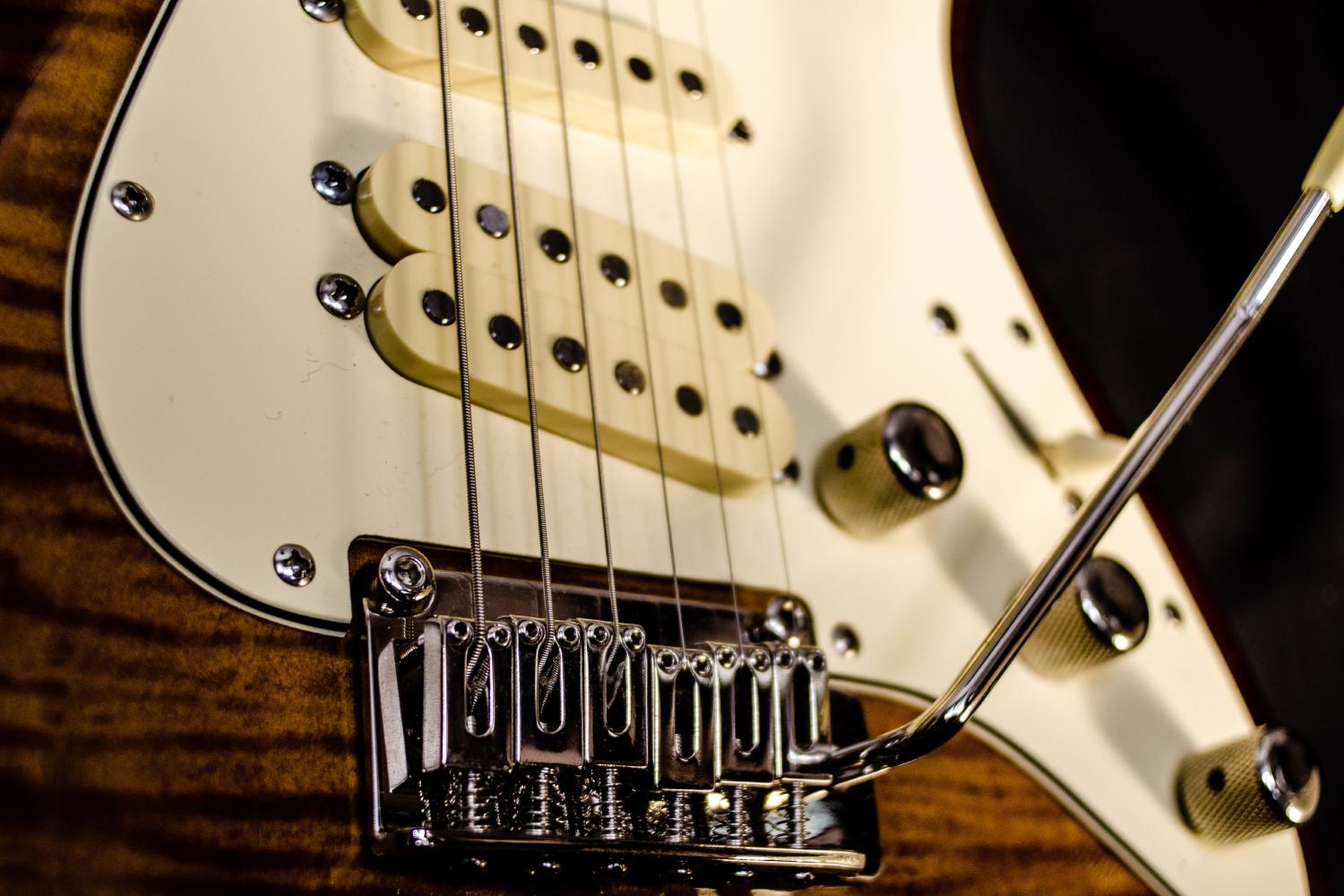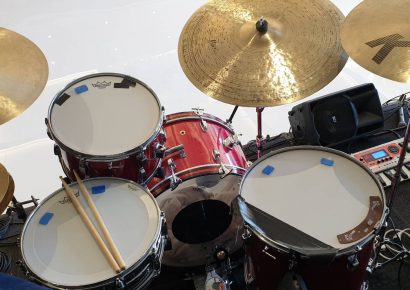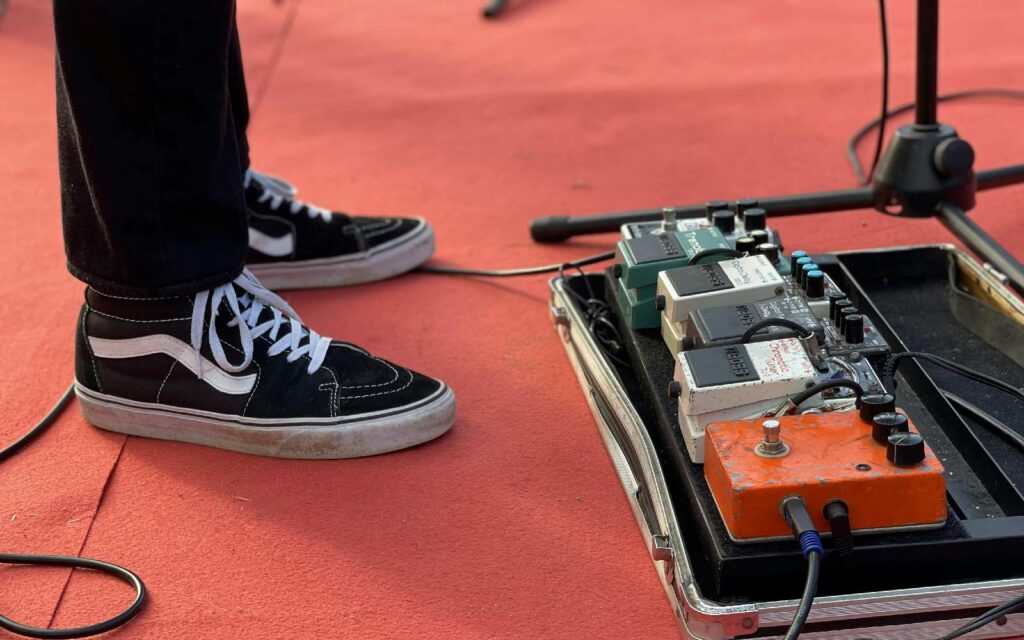Three simple guitar modifications to make your guitars feel good, sound great, and stay in tune
As a young musician I swapped and traded guitars in a never-ending quest to improve my sound, not realising that I needed to focus more on my technique and less on the electric guitar in my hands.
I surrendered many instruments on the whim that I’d play better with another electric guitar. After all these years I still cringe when I remember the transactions I made as a teenager. I once swapped an Ibanez Iceman for an Ibanez Les Paul Recording guitar, then shortly afterwards traded the Les Paul on for a beautiful semi-acoustic (the brand of which eludes my ageing memory, as does its whereabouts).
Summary:
- Pay for a standard setup to adjust the base level of the guitar.
- Replace the pickups, and especially the bridge pickup to include higher quality components.
- Replace the tuners which vary in quality, and leave it to the experts.
Read all the latest features, columns and more here.
What I’d give to have those guitars today. I often wonder where they ended up, and what they sounded like in someone else’s hands.
It took me a while to realise that electric guitars are easily modified. If I’d known this 40 years ago, I’d have forked out money for a simple setup and installed new pickups on my early guitars. I’d have replaced the tuners, changed the location of the guitar strap pegs and experimented with string gauges. With a few simple modifications, I’d still be playing them today.
Guitarists often experience regret after they swap, trade, or sell a guitar. With minor changes made by experts (i.e. luthiers and guitar repairers), most guitars improve dramatically in playability and output.
Before moving to a new instrument, consider making one or more of the following modifications to your current guitar. It’s a cheaper option, and you won’t believe the enhanced feel and sound. As an added bonus, you’ll limit all future regrets.
Pay for a setup
I picked up a Fernandes Strat-style guitar from a second-hand music store in Melbourne a while ago. I’d been searching for a guitar with an inbuilt sustainer system for quite a while, because I wanted to use controlled sustain in my recordings. The sustainer pickup worked perfectly when I tried it in-store, so my decision to buy was easily made. The friendly staff organised for the guitar to be freighted to Tasmania, and I was excited when it arrived.
Unfortunately, my excitement turned to despair within minutes. The action was too high, there were a few dead patches on the upper frets, the selector switch was crackly and there was a small dent in the fretboard. I should’ve noticed this when I tried the guitar in-store, but the elation of finding a sustainer guitar blinkered my judgement.
If I’d bought the Fernandes as a teenager, I would have swapped or traded it within weeks. The solution, however, was a lot more straightforward. After chatting with a local luthier, I discovered the guitar simply needed a standard setup. He adjusted the truss rod, saddle height and intonation, did some work on the nut, cleaned the electrical contacts and repaired the dent in the fretboard. All for under 100 dollars. I couldn’t believe the difference. I still have the Fernandes today, and it’s one of my favourite guitars. I often pick it up and play it acoustically, because it feels and plays so well.
Replace the pickups (especially the bridge pickup)
Another misconception I had as a teenager was that guitars emerge from factories with high quality components. I didn’t realise that many factory-built guitars are fitted with mid-quality components so that cash-strapped guitarists like myself can afford to buy them. This is especially true when it comes to factory-installed (stock) pickups.
I acquired an Ibanez double neck (12 and six-string) in the early 1990s. Because the guitar held a significant level of emotional value, I made a commitment to never part with it – which was a very rare thing for me to do. I’d played the guitar acoustically for three weeks before buying it, but I hadn’t played it through an amp. I didn’t think I needed to, because I was sure it would sound as good electrified as it did acoustically. How wrong I was!
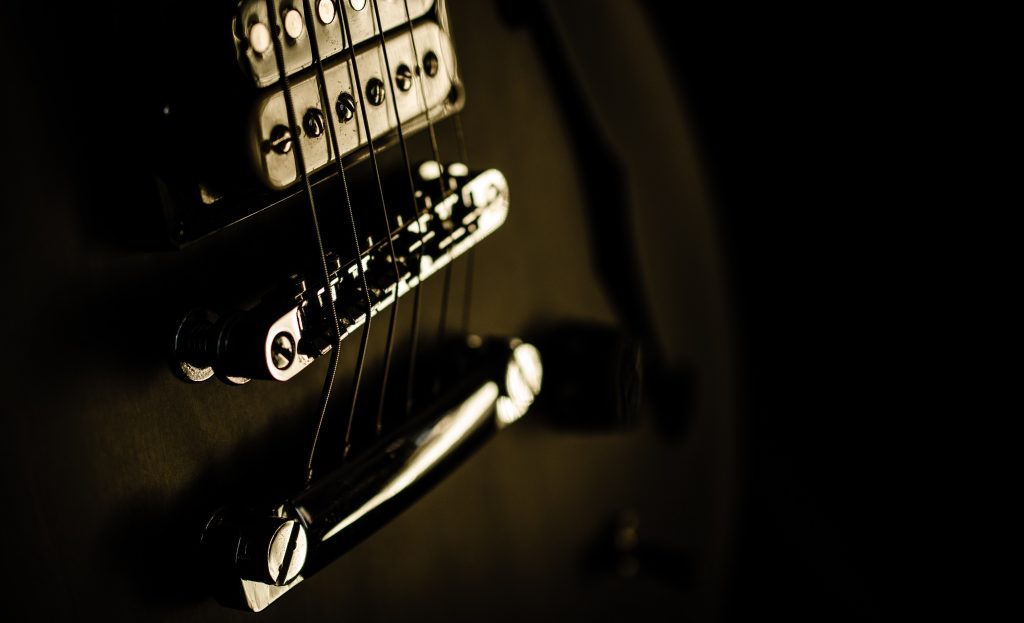
When I played it through my setup, the pickups on the six-string had a thin nasally sound that I couldn’t fix with my amp’s EQ. It sounded like a chicken fart, and I was mortified. It was time to visit a luthier, and the solution – to my relief – was simple. The fault lay in the stock pickups. The luthier had a couple of replacement pickups in his workshop (a Seymour Duncan JB and a DiMarzio Humbucker from Hell) which he offered at a reduced price with free installation. If I didn’t like the sound, he promised to remove them and help me look for something more suitable. It was a deal I couldn’t refuse.
It would be an understatement to say I loved the sound! I performed and recorded with that guitar for the next six years, and I still have it today. It was sobering to realise I’d given up so many guitars because I didn’t like the tinny sound of the stock pickups. Since then, I’ve replaced the bridge pickup on every guitar I’ve purchased.
Replace the tuners (machine heads)
I got my first electric guitar in 1980. It was an Amena, and despite its less-than-ideal wiring that sent random electric shocks through the strings, I was very fond of it. However, I grew tired of tuning the guitar after every song, so I traded it on for a Valencia Les Paul – which had the same tuning problem.
I struggled with tuning for years until a local guitar repairer pointed out that stock tuners, like stock pickups, vary in quality. He suggested replacing the stock tuners on my (then current) guitar, and the difference was immediate and amazing. I could now play solidly through an entire rehearsal without re-tuning. It was such a simple and cheap solution.
There are numerous alterations you can make to electric guitars, but the three simple modifications discussed above will ensure your cherished instruments feel good, sound great, and stay in tune.

A final note – be wary of over-confident friends
Many guitarists modify their own guitars. I wish I could too, but I don’t have the skills or knowledge. A friend once convinced me to hand over my beloved Fender Telecaster for a weekend. By replacing the tone control capacitor, he brazenly assured me, I’d be able to conjure a more ‘metal’ tone.
Despite his good intentions, he butchered the guitar’s electronics. When I got it back and lifted the control plate, I was confronted with a solder apocalypse. I certainly didn’t get the ‘metal’ tone he’d promised, and I had to take the guitar to a very understanding luthier who reversed the botched job.
Be very wary of over-confident friends. If you’re not 100 per cent sure, leave modifications to the experts.
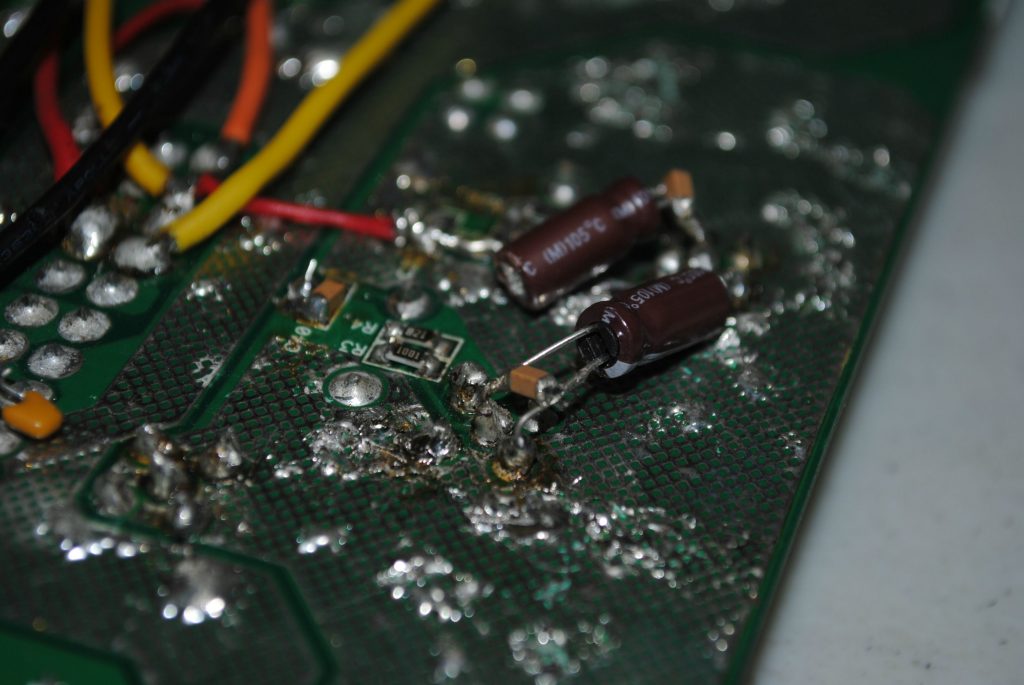
Find more on Australian and New Zealand luthiers here.
